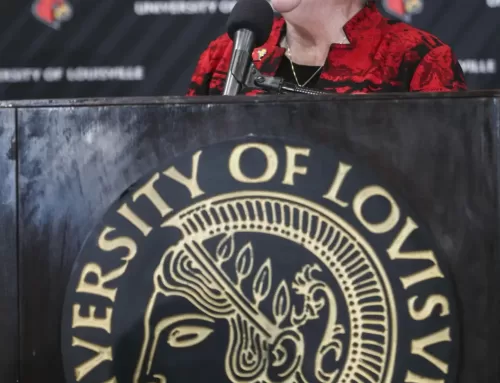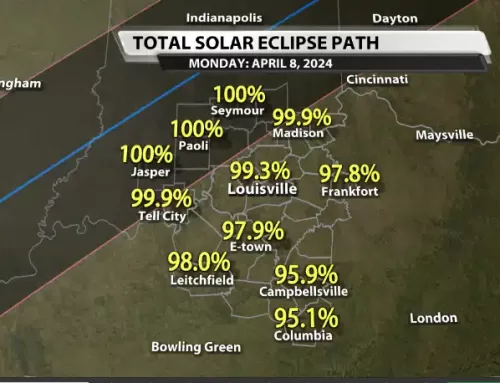By Caitlyn Crenshaw–
Friday, August 24, at least 10 people were shot and two confirmed dead in a shooting outside of the Empire State Building. This incident, along with the Aurora, Colorado shooting and Sikh temple shooting, has dominated headlines and motivated some to ask about the affects of gun culture on college campuses.
Since the beginning of August, the University of Louisville Department of Public Safety has reported over 76 crime reports on or near U of L’s campus. Although students living in U of L’s metro area are accustomed to the sound of sirens, students are not accustomed to the appearance of guns. “It would make me feel uneasy,” said Jessica Portale of guns on campus.
Recently, students attending Texas A&M University heard the sounds of multiple gunshots in a residential area just south of the university campus. The shooting resulted in three deaths, including a constable.
Kellie Haggerty, junior equine administration major, said that the crime, “Comes with living in the city,” but, “I would rather not have guns on campus.”
Potale, a senior psychology major, said, “You just associate school and guns as a bad combination.” One of these examples of bad combination” occurred in 2007 when a college student committed the worst mass shooting by a single gunman in U.S. history.
When Seung-Hui Cho shot and killed 32 people on Virginia Tech’s campus before killing himself in April 2007, college campuses throughout the country were motivated to revamp their policies and response procedures.
According to the Michael Minger Act Report for 2010, U of L created an “Emergency Prevention, Preparedness and Response Working Group.” The day after the Virginia Tech shooting the group began and continues to meet monthly.
The 2010 report also includes a program on campus safety and security, Active Shooter DVD Training Program, for campus police, students and university employees. The report said, “due to the increase of shootings on campuses in America, DPS launched a program that provides guidance for surviving an active shooter situation through prevention and reaction.”
DPS has also launched a U of L CardSafety App for iPhone and Android. This app includes a feature that tells the user what to do in the case of certain emergencies. For an active shooter, students, faculty and staff are advised, “If you are near an exterior exit, try to escape the building. If you are in a room with a door, immediately close door, lock it or use heavy furniture to block the door.” The app continues to advise users to, “Stay out of view. Turn off the lights. Get behind heavy furniture.” CardSafety also has guidelines for how to react in other emergencies.
When the shooting at Texas A&M occurred in close proximity to campus, the university issued a Code Maroon, the university’s emergency notification system, telling people to avoid the area because of an “active shooter” report. Fifteen minutes later, another Code Maroon was posted to the university website indicating the suspect was “in custody.”
UofL implements the Rave Alert Aystem to alert students, faculty and staff of emergency situations. According to the 2010 report, over 12,894 individuals are currently registered for the Rave Alerts. To sign up for Rave Alerts, go to getrave.com/login/louisville.
[email protected]
Graphic by Kassie Roberts/The Louisville Cardinal





